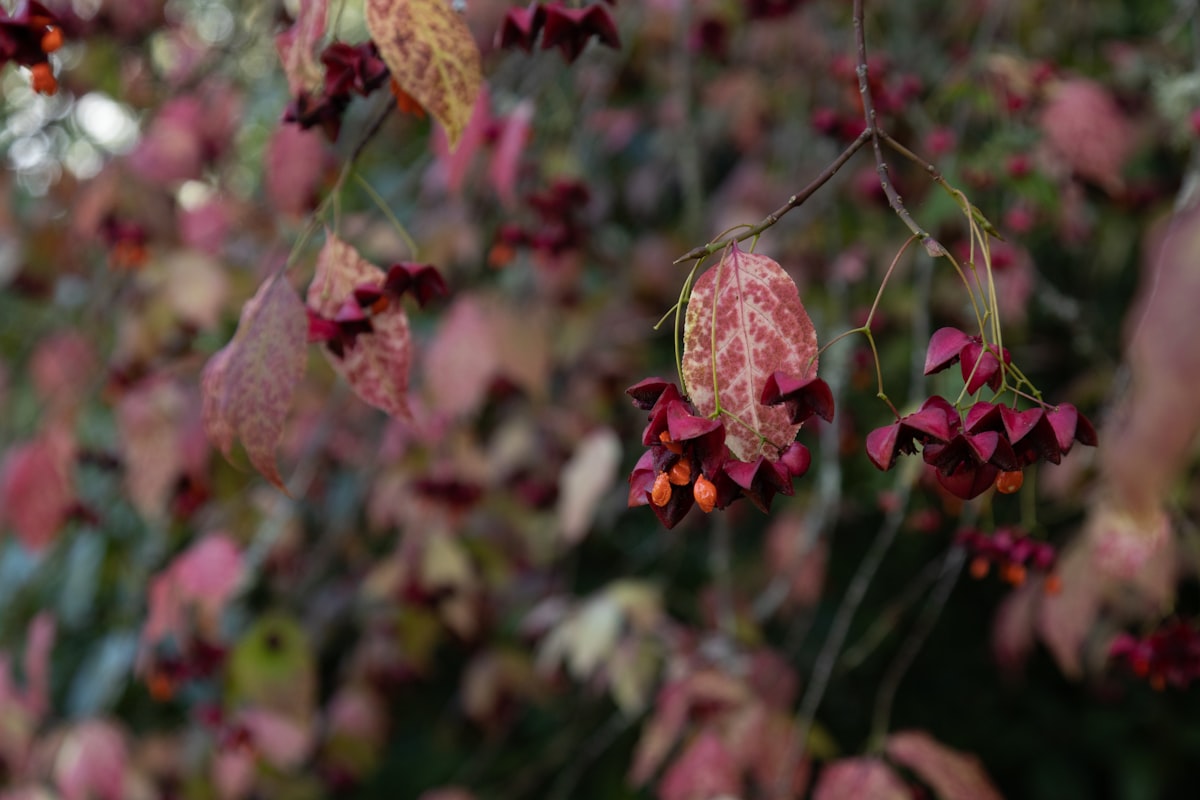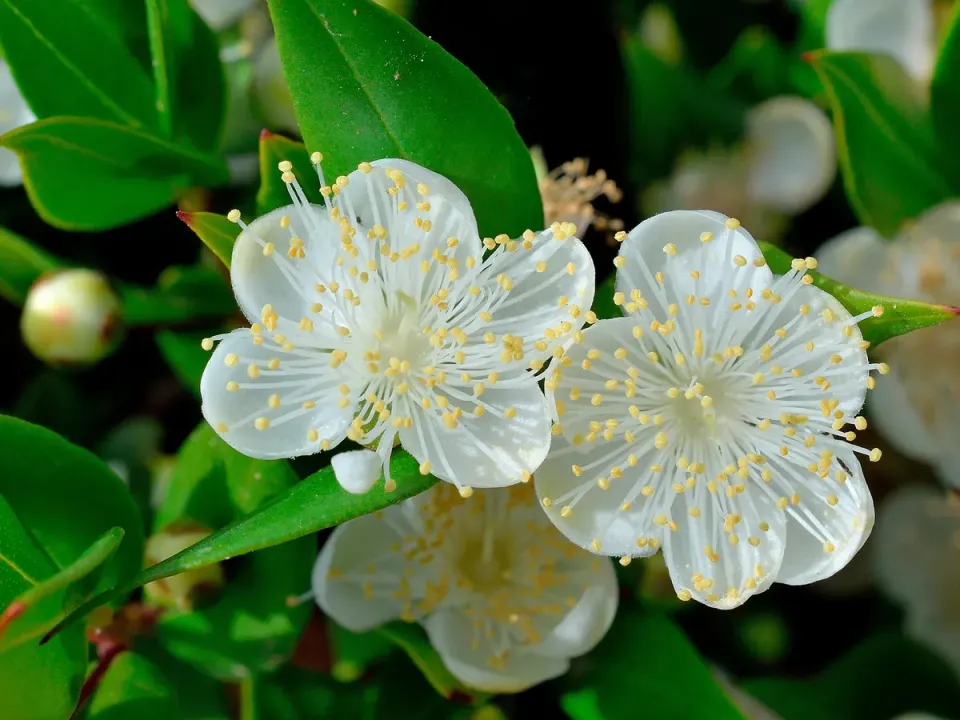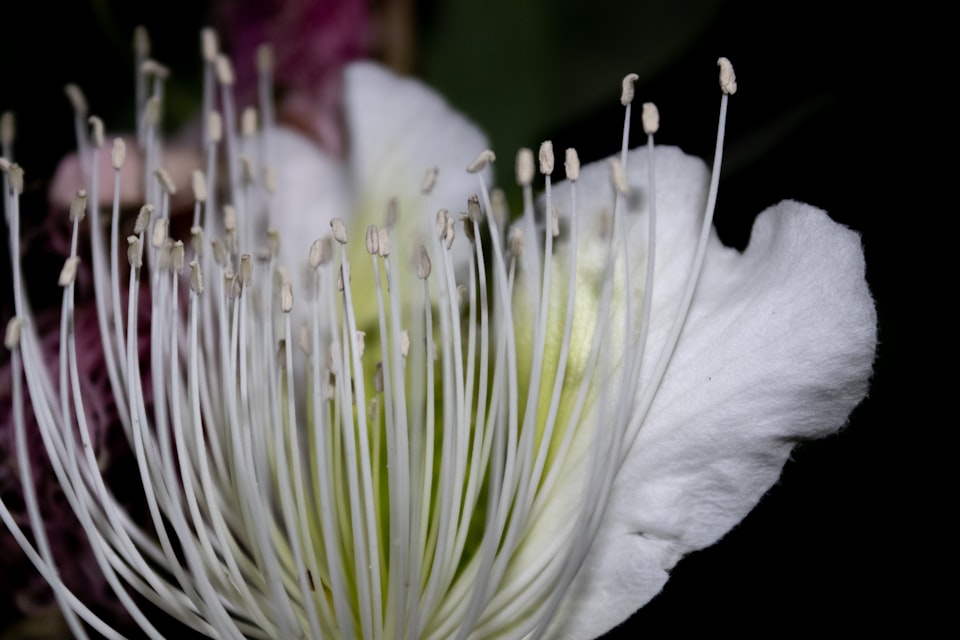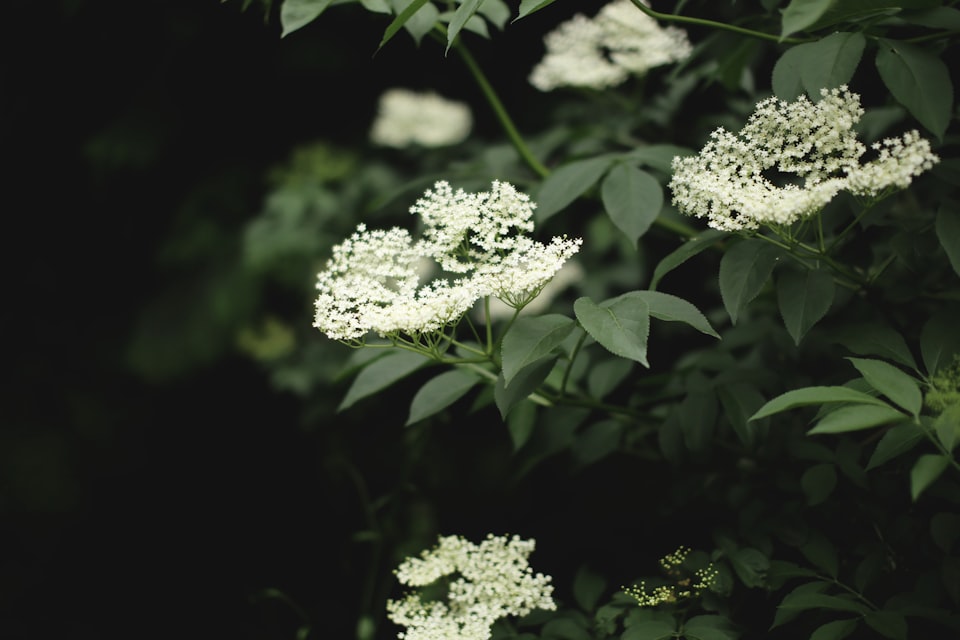VI: Spindle
Burning the bush instead of cutting it changed art.

Good morning. Today is sextidi, the 26th of Floréal, Year CCXXXI. We celebrate le fusain, a shrub that makes red berries and has useful thin twigs.
Charcoal as an artistic medium was for sketching only at the time of the French revolution, but by the end of the ensuing century, French artists had brought it to a prominent and in-vogue place thanks to innovations that make fixing charcoal particles to paper possible.
One of those innovations was figuring out what plant matter created the finest, smoothest, most controlled charcoal dust. While most artistic charcoal in stores today is made of willow branches, the best plant – and the charcoal that commands the highest price – is common spindle.



